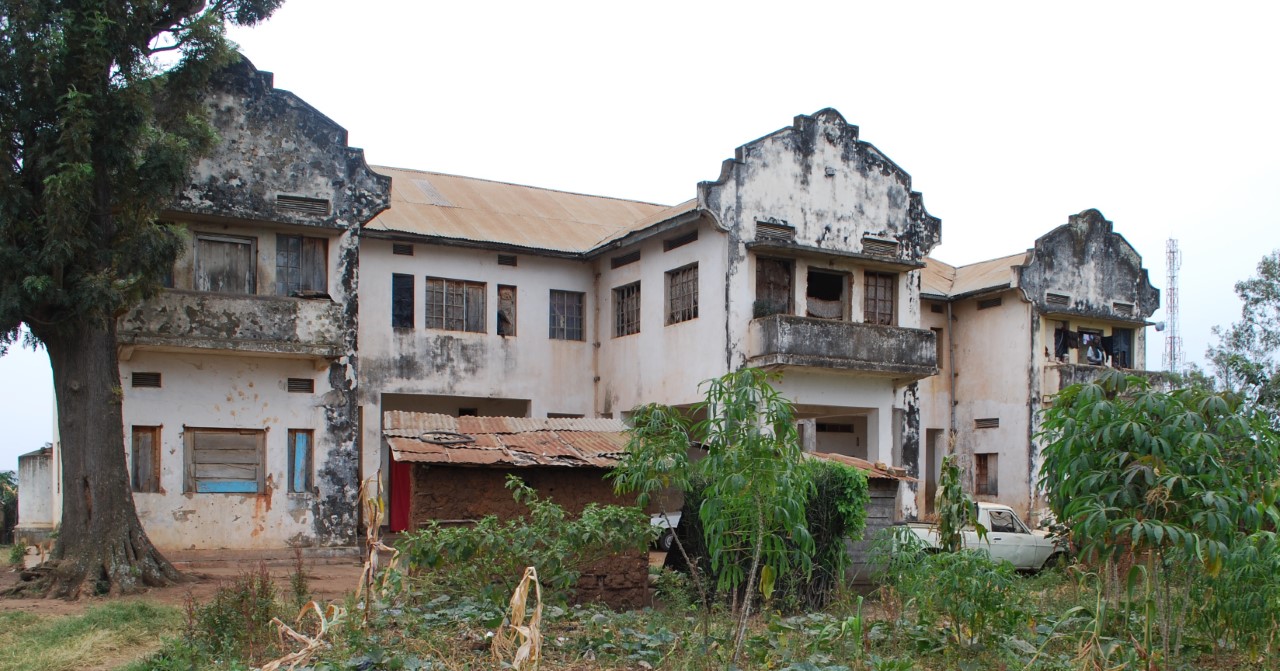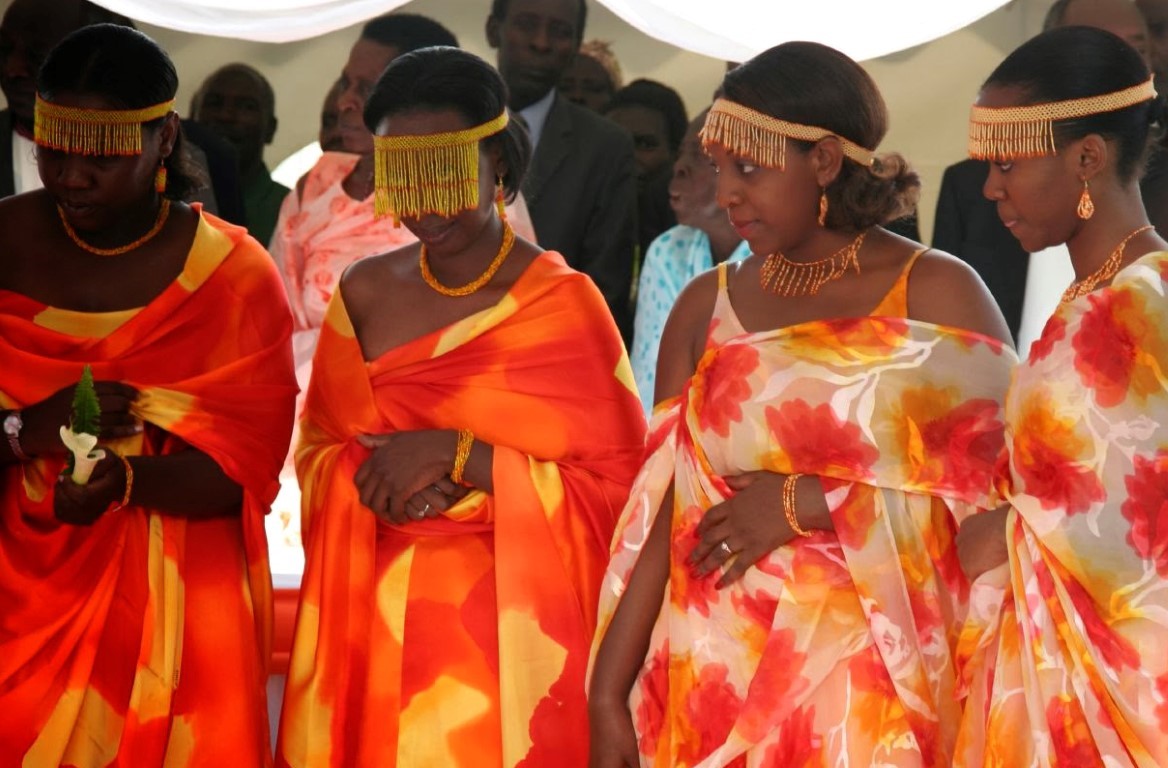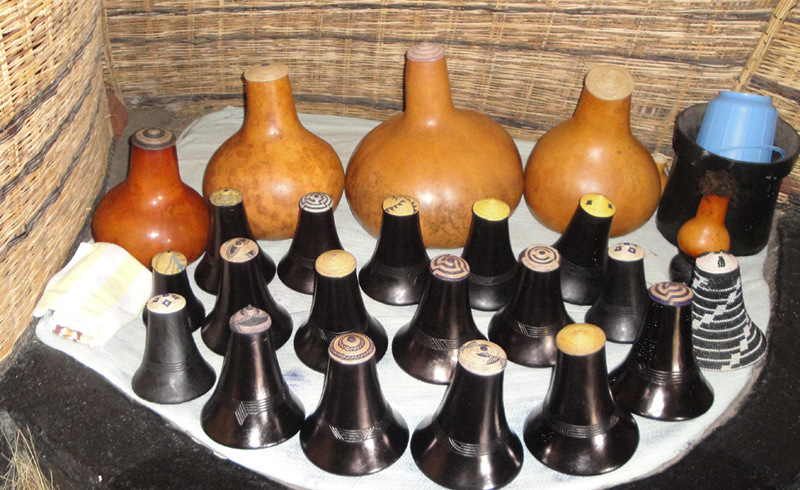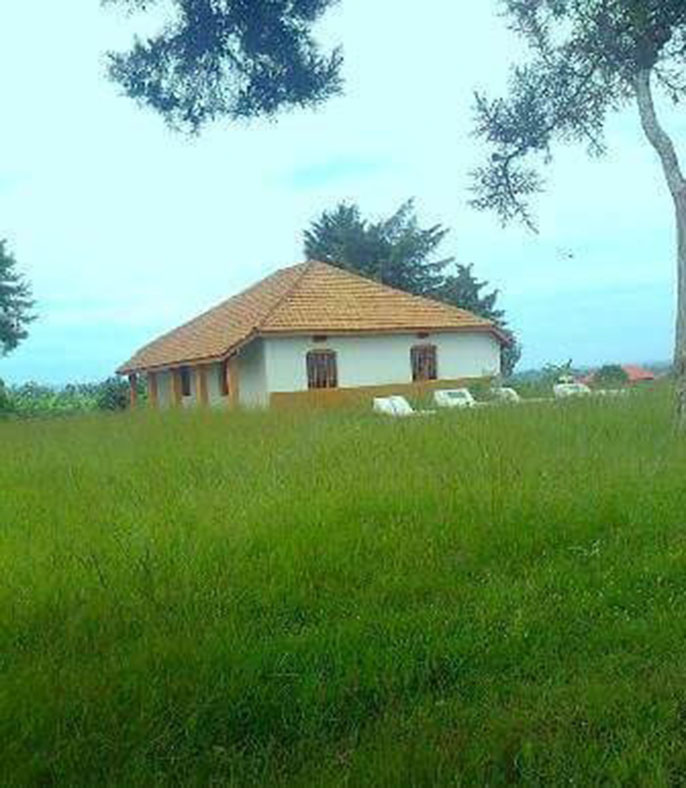By Timothy Sibasi, feature writer based in Kampala, Uganda
Ankole Kingdom was abolished in 1967 by President Milton Obote along with other kingdoms in Uganda. It is located in South Western Uganda in the greater districts of Bushenyi, Mbarara and Ntungamo. The Kingdom has been in existence for the past 600 hundred years, so it is regarded as the oldest kingdom in Uganda's history.

History and Origins
Established in the 15th Century, Ankole kingdom was originally known as Kaaro-Karungi and the word Nkore is said to have been adopted during the 17th Century following the devastating invasion of Kaaro-Karungi by Chawaali, the then Omukama (King) of Bunyoro-Kitara kingdom, which was one of the most powerful kingdoms in East Africa from the 16th to 19th Centuries.
On October 25, 1901 the word Ankole was introduced by British colonial administrators to describe the bigger kingdom, which was formed by adding to the original Nkore, the former independent kingdoms of Igara, Sheema, Buhweju and parts of Mpororo by the signing of the Ankole agreement.
Before the abolition of monarchies in Uganda in 1966, Ankole kingdom was ruled by Omugabe "King" with supreme powers. The king was entitled to all the titles, dignities, and supremacy that were attached to his office under the laws and customs of Ankole. A political relationship based on serfdom, slavery, and client ship ceased to exist under British rule, and Bairu "Agriculturalists" became less marginalized and despised.
The pastoralist Hima (also known as Bahima) established dominion over the agricultural Iru (also known as Bairu) some time before the 19th Century. The Hima and Iru established close relations based on trade and symbolic recognition, but they were unequal partners. The Iru were legally and socially inferior to the Hima, and a symbol of this inequality was cattle, which only the Hima could own.
The two groups retained their separate identities through rules prohibiting intermarriage and, when such marriages occurred, making them invalid.
The Hima provided cattle products that otherwise would not have been available to Iru farmers. Since the Hima population was much smaller than Iru population, gifts and tributes demanded by the Hima could be supplied easily. These factors probably made Hima-Iru relations tolerable, but they were nonetheless reinforced by the superior military organization and training of the Hima.
Marriage and Family
In Ankole Kingdom, by the time girls turned eight or nine, particularly among the Bahima "herds men," preparations for marriage began. They were no longer free to run and play without discipline. Girls were mostly kept indoors, where they ate beef and millet porridge and were forced to drink milk in large quantities so they would become fat.
Being fat is associated with beauty and drinking milk is believed to contribute to one's beauty. As soon as a girl's breasts emerge, she is warned by her parents to abstain from sexual activities. Pregnancy outside marriage was punished by death or expulsion from the home.
A Munyankole father, occasionally assisted by his relatives, is obliged to get a wife for his son by paying the required bride-wealth, which consists of two cows, three goats, and some pots of beer among Bairu "Agriculturalists", among Bahima "herdsmen" it may range from two to twenty cows, depending on how wealthy a person is.
A marriage may be arranged by the couple's parents, or the boy may propose to the girl during adolescence. Once the bride-price has been paid, preparations for the wedding begin.

The bridal traditional ware of Ankole kingdom during marriage, the face of the bride is covered with hanging bids until the groom unveils her. (Photo/ Timothy Sibasi)
On the wedding day the bride's father slaughters a bull for a feast. Other forms of food and considerable amount of beer are prepared for feasting at the bride's home. This is followed by another feast at the bridegroom's home, where the marriage is consummated. At the wedding ceremony the girl's aunt confirms that the groom is potent and the bride defended her virginity before the marriage was consummated.
A social distinction between Bahima "herdsmen" and Bairu "Agriculturalists" was established by prohibiting intermarriage between them. The Bahima who in this case are herdsmen would find it repugnant to marry a Mwiru who is an agriculturalist.
Moreover, it was illegal for a Muhima to give cattle to a Mwiru. A Mwiru would have no cattle for bride-wealth for a Muhima wife since all he had was unproductive cows and bull calves. Cattle were essential not only for the legitimacy of marriage but for the legitimacy of the children born out of a marital relationship.

The traditional Ankole Calabashes where milk is stored and grease. (Photo/ Timothy Sibasi)
A woman with no children has no status among the Banyankole -- people in Ankole kingdom, and most women wish to marry and raise many children. If a woman is unable to bear children, her husband is likely to contemplate taking on a second wife.
Monogamy was the standard practice, though polygamy was not prohibited. Both the Mugabe "King" and wealthy Banyankole practiced polygamy. Today monogamy remains the predominant form of marriage, influenced by Westernization, Christianity, education, and the traditional Banyankole model.
Death and Afterlife
Among the Banyankole, illness is not considered a natural cause of death; therefore, such deaths require an investigation to find a responsible party. By contrast, old age is accepted as a sufficient cause for death. It is held that God allows old people to die after the completion of their time on earth. The Banyankole view death as a passage to another world.

The Royal tomb of Ankole, where the two last kings are laid to rest, its situated in Nkokonjeru a suburb of Mbarara municipality.(Photo/ Timothy Sibasi)
When a man dies, every relative, along with friends and neighbors, is informed. A person who fails to attend the funeral without a good reason may be suspected of being associated with the person's death.
Before burial, the body is washed and eyes are closed. As the deceased is placed in the grave, the right hand is placed under the head while the left hand rests on the chest. The body lies on the right side. One or more cows are slaughtered to feed everyone present. Beer is provided as part of the mourning. The mourning goes on for four days. A deceased woman is treated in a similar manner except that in the grave she is made to lie on the left side as if she were facing her husband. Her left hand is placed under her head, while her right hand rests on her chest.
(The opinions expressed here do not necessarily reflect the opinions of Panview or CCTV.com. )

Panview offers a new window of understanding the world as well as China through the views, opinions, and analysis of experts. We also welcome outside submissions, so feel free to send in your own editorials to "globalopinion@vip.cntv.cn" for consideration
















